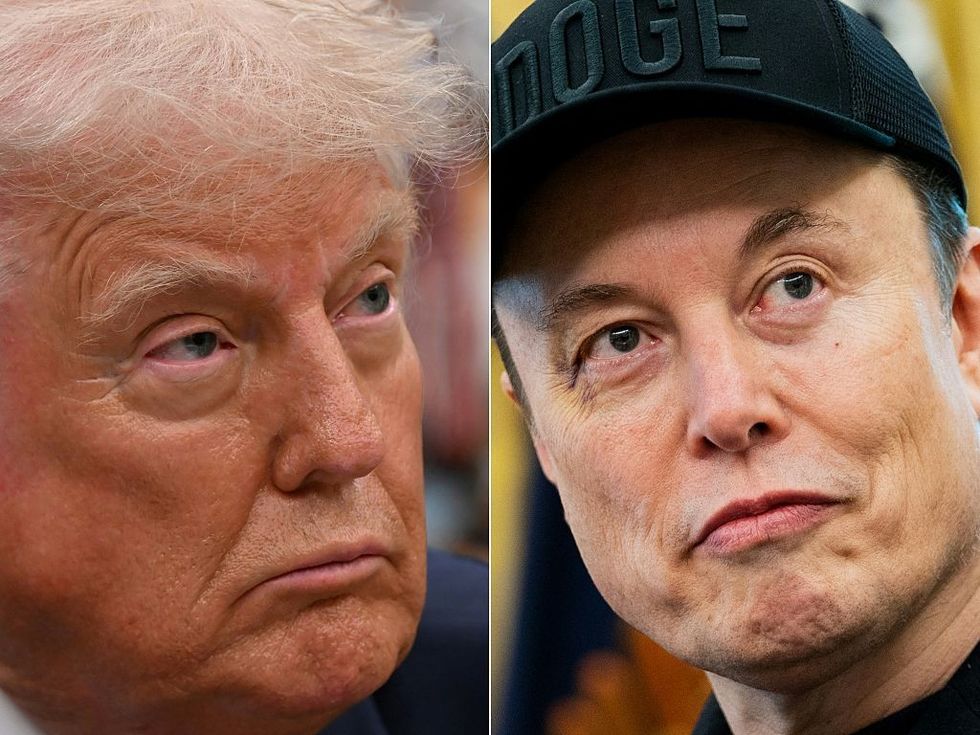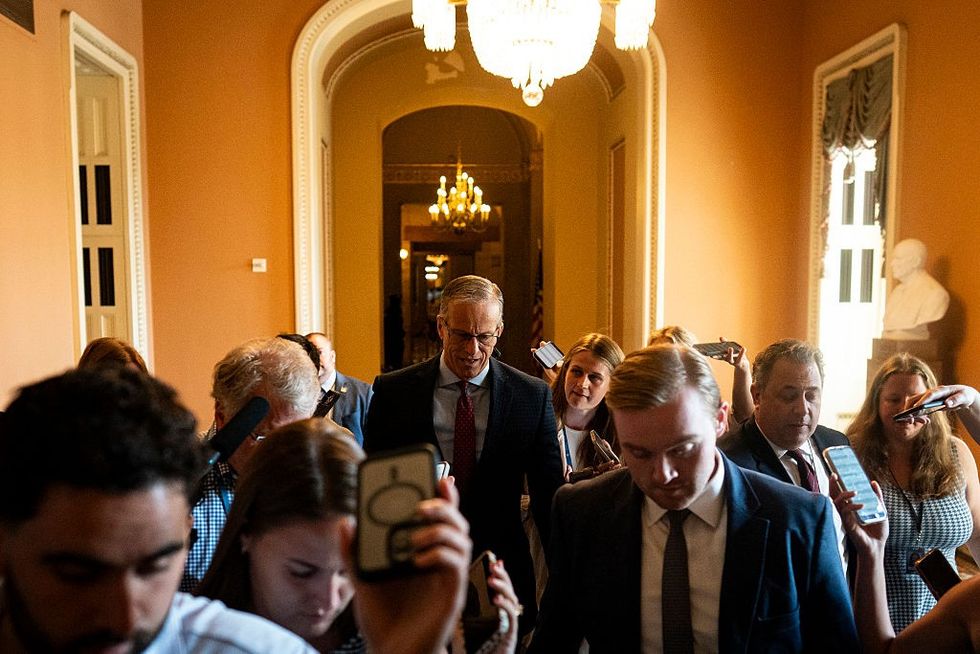By Pramod Thomas
MUMBAI, Asia's most crowded city, has surprised many by tackling a vicious second wave with considerable success.
The bodies began turning up early in India's financial capital during the first wave of infections last year -- a man collapsing on a busy road, a rickshaw driver slumped over the wheel, a corpse lying in the street -- in a grim echo of the 1918 flu pandemic.
By May 2020, Abhignya Patra was working 18-hour days at the massive Lokmanya Tilak Municipal General Hospital, better known as Sion.
"It was non-stop," said the 27-year-old anaesthesiologist.
Patients' relatives described distressing scenes inside packed wards, with one man telling that he had to change his sick mother's diapers himself because staff were too overworked.
A video shot inside Sion and widely shared on social media showed corpses wrapped in black plastic left on beds in a ward where patients were being treated.
Every night, the city helpline fielded thousands of calls from desperate citizens, many with no chance of getting admitted to a publicly-funded hospital: Mumbai had just 80 ambulances and 425 intensive care units for a population of 20 million.
Change happened
Something had to change fast, said Iqbal Chahal, who took over as Mumbai's municipal commissioner last May.
New field hospitals added thousands of beds, private facilities handed over their Covid-19 wards to the government and 800 vehicles were turned into ambulances.
But these efforts could not combat the swift rise in infections.
"We needed to chase the virus," said Chahal.
A proactive approach focused on 55 slums including India's largest, Dharavi, where a strict lockdown was accompanied by aggressive sanitisation of public toilets, mass coronavirus screening and a huge volunteer effort to ensure that nobody went hungry.
All positive test reports in Mumbai were routed through "war rooms" manned by doctors who would triage cases and decide where to send the patient, irrespective of "whether he is a minister, a big shot or a slum dweller", Chahal said.
'City was prepared'
As 2020 wore on, it looked like India might have miraculously beaten the pandemic and lockdown restrictions were eased.
But in Mumbai, authorities didn't dismantle a single bed in the now-deserted field hospitals.
This meant that when cases surged in March, the metropolis was much better prepared than many other Indian cities, where the health care system came close to collapse.
In the capital Delhi and elsewhere, patients died outside hospitals and crematoriums were overwhelmed. But not in Mumbai.
Despite having a much higher population density than many other cities, Mumbai has seen significantly lower mortality rates.
The city still suffered close calls, Chahal said, recalling one night in April when six hospitals faced dire oxygen shortages, putting 168 patients at serious risk unless they were shifted to other facilities.
Everyone survived. "We always expected a second wave," Chahal said.
Ruben Mascarenhas, co-founder of Mumbai-based non-profit Khaana Chahiye, said he would get dozens of messages every morning from people begging for oxygen and drugs -- but as the pandemic wore on, the requests mostly came from outside the city.
He was, he says, "pleasantly surprised", but is "very cautious about celebrating yet."
An experienced marathon-runner, Chahal is already preparing for a third wave -- expected to hit children hard -- by stockpiling oxygen, building paediatric field hospitals and expanding capacity at public hospitals.

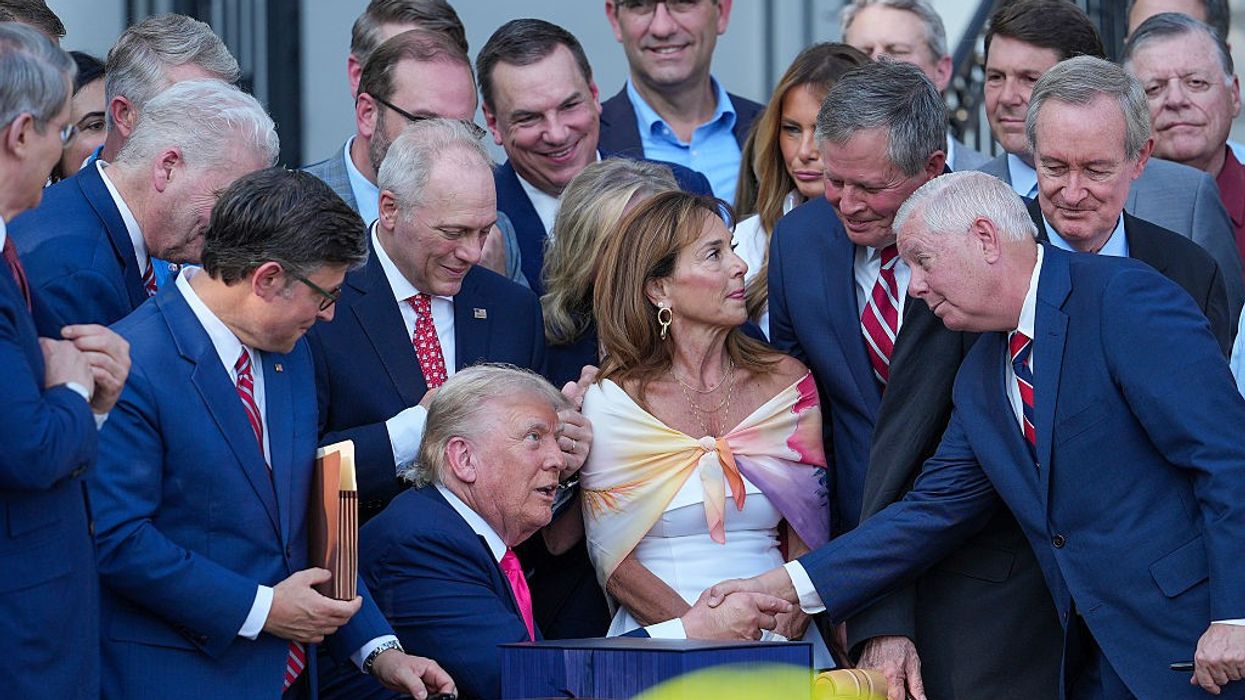
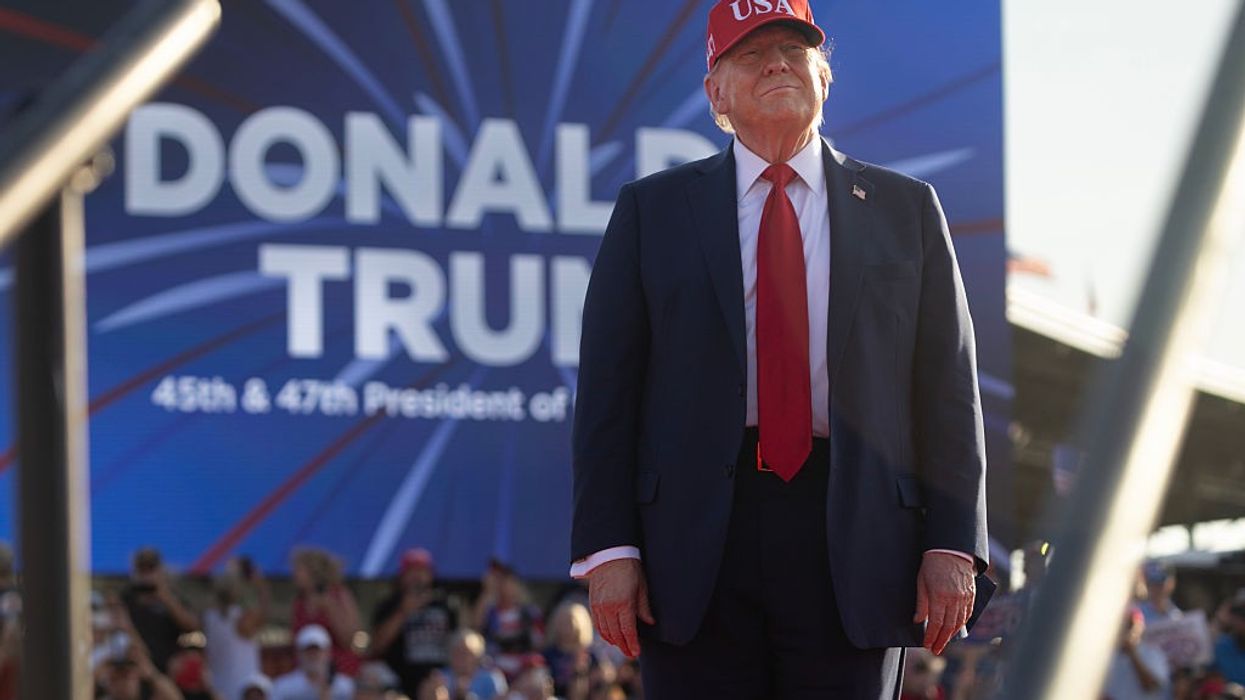
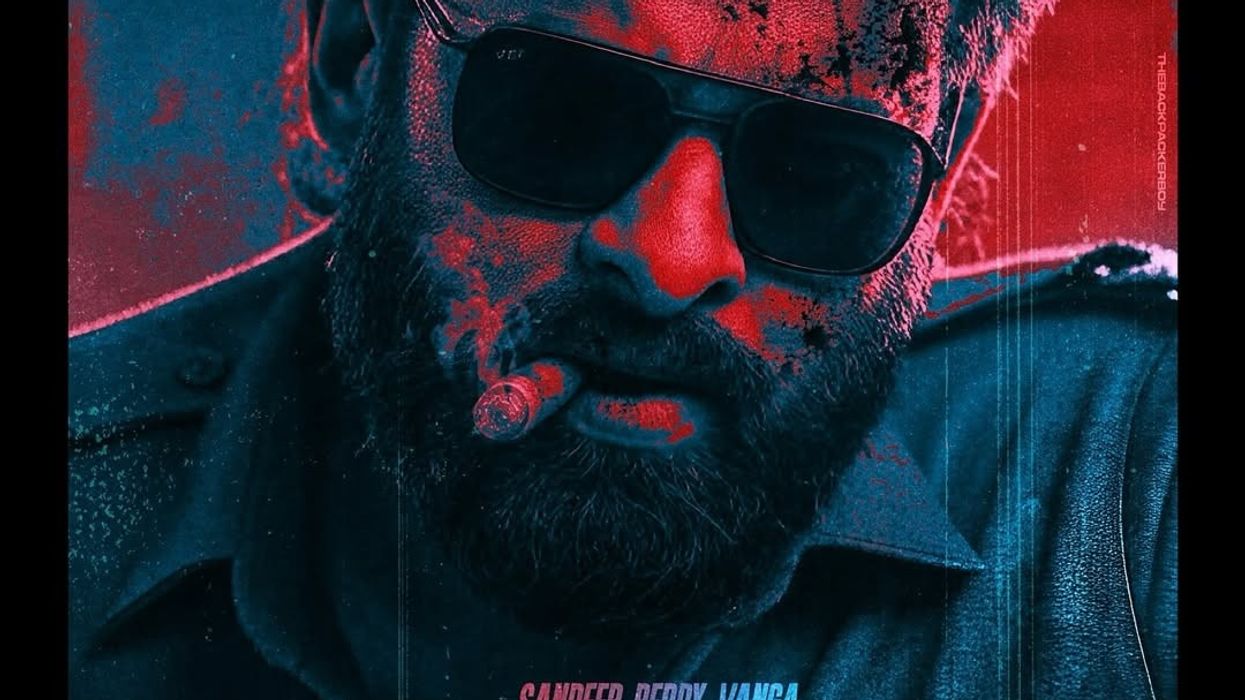

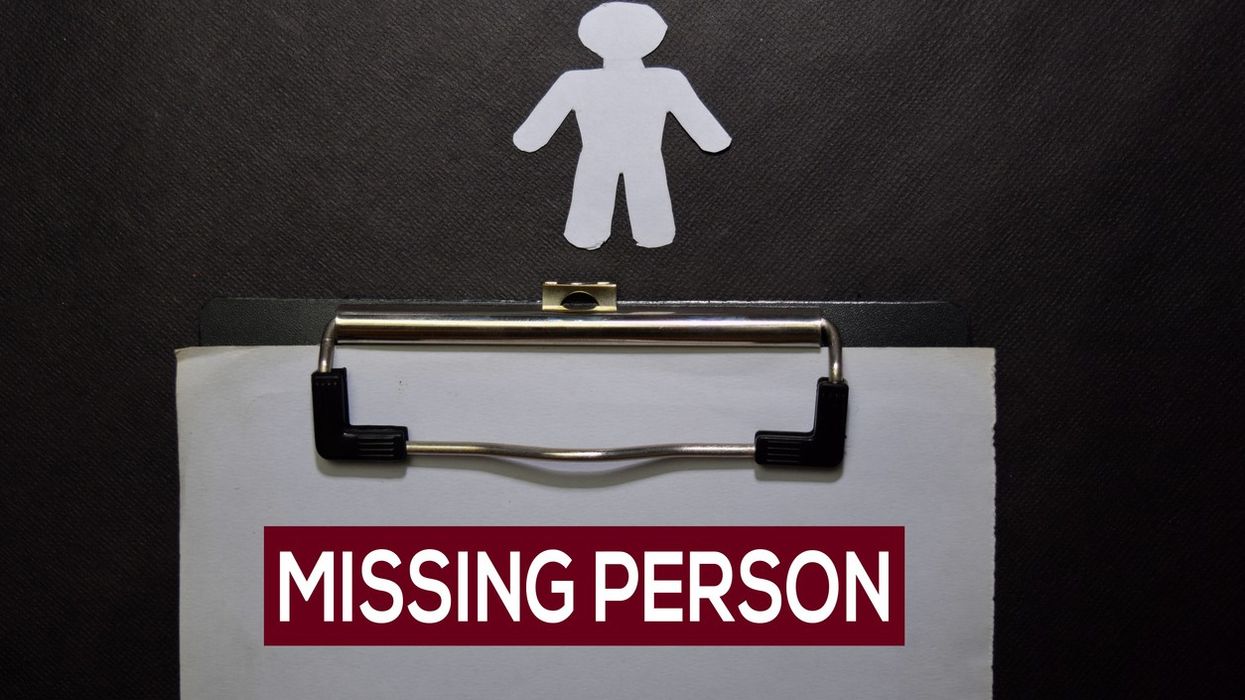

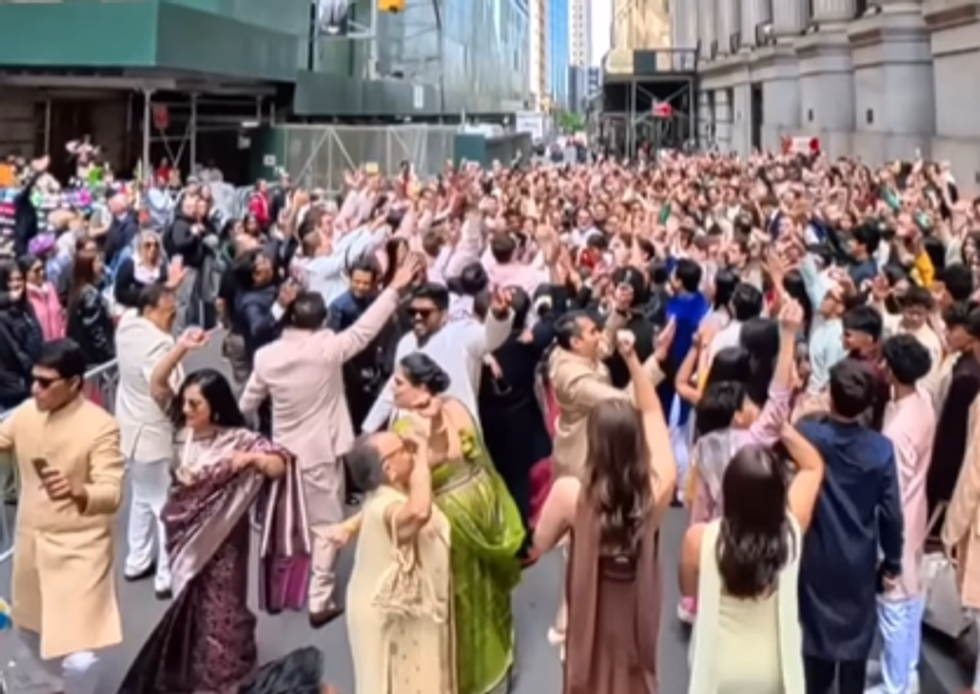
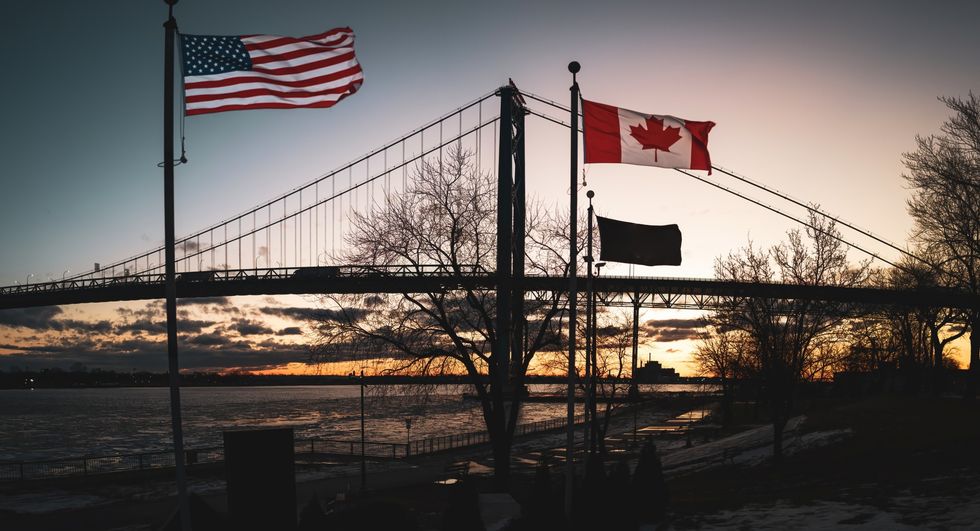
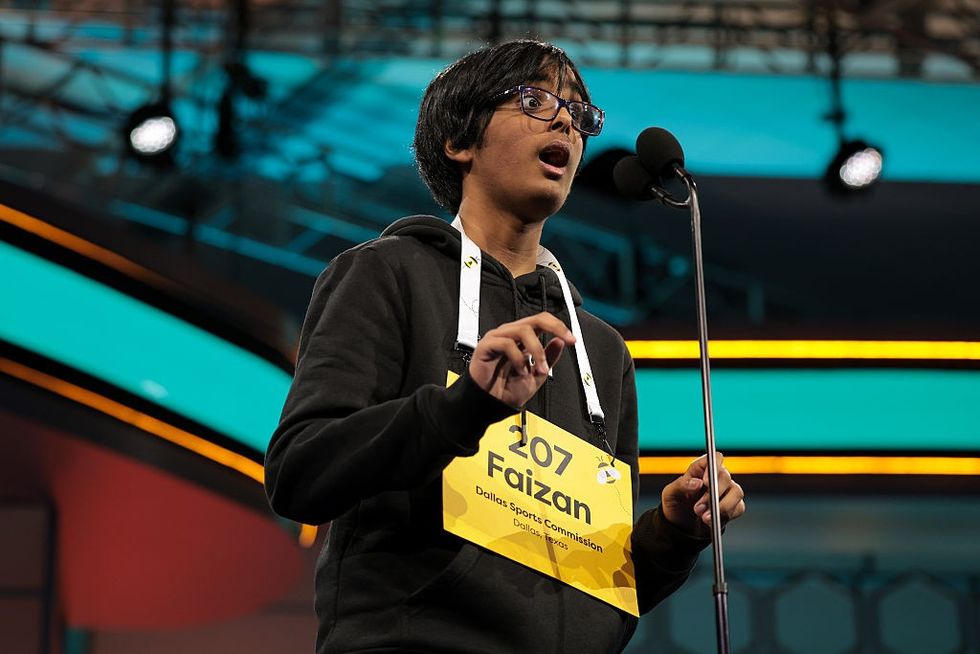


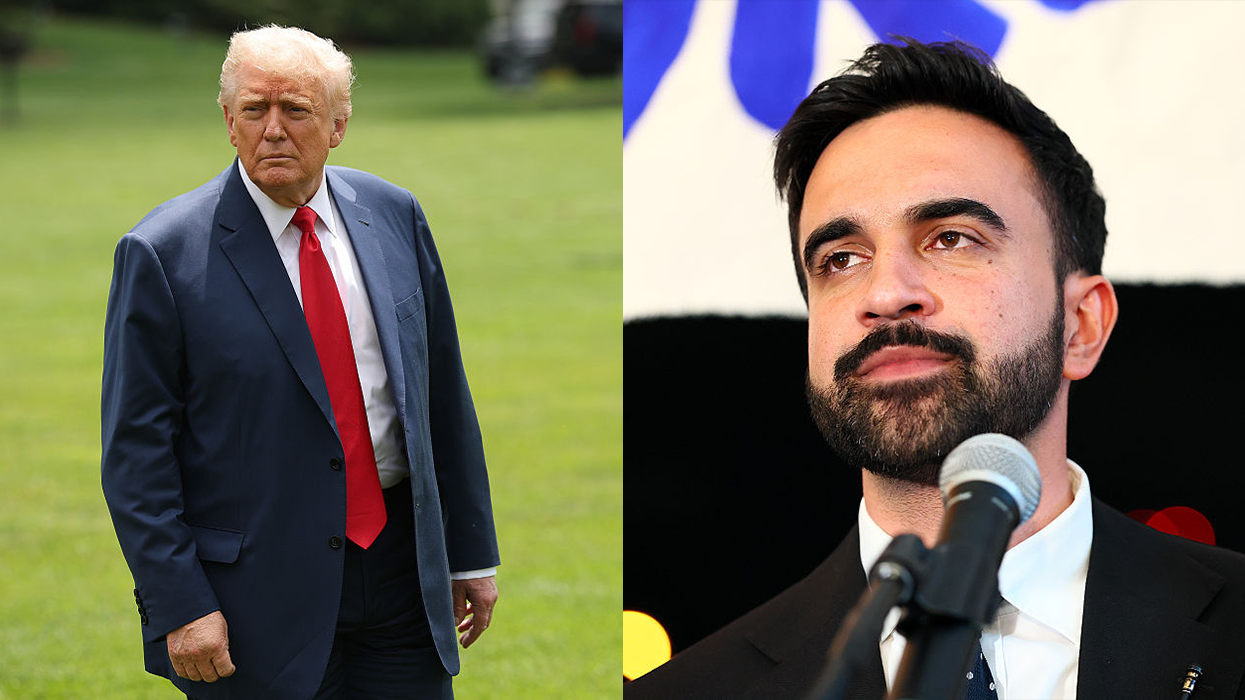
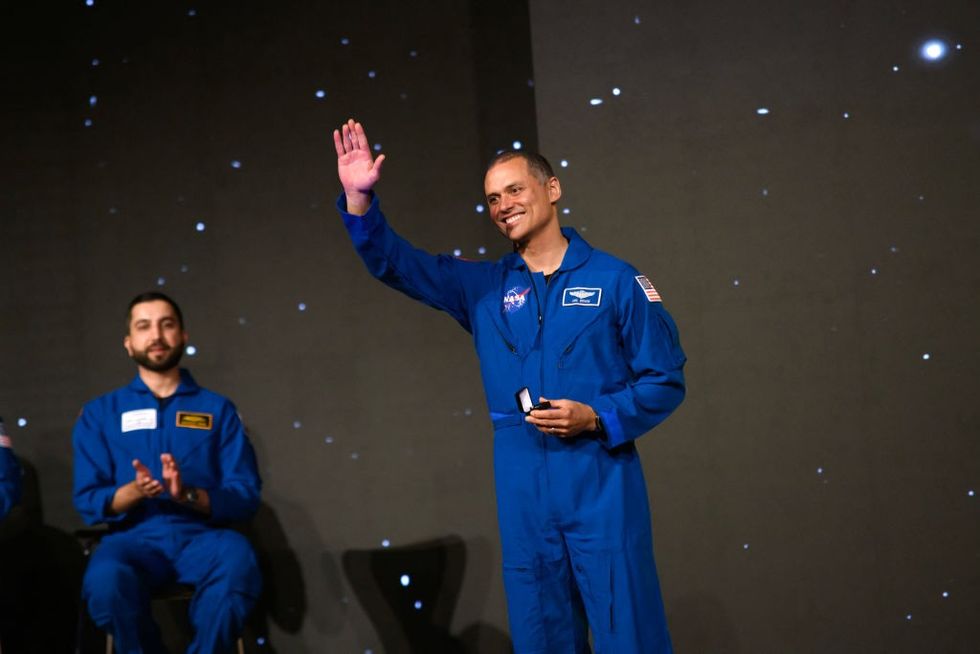
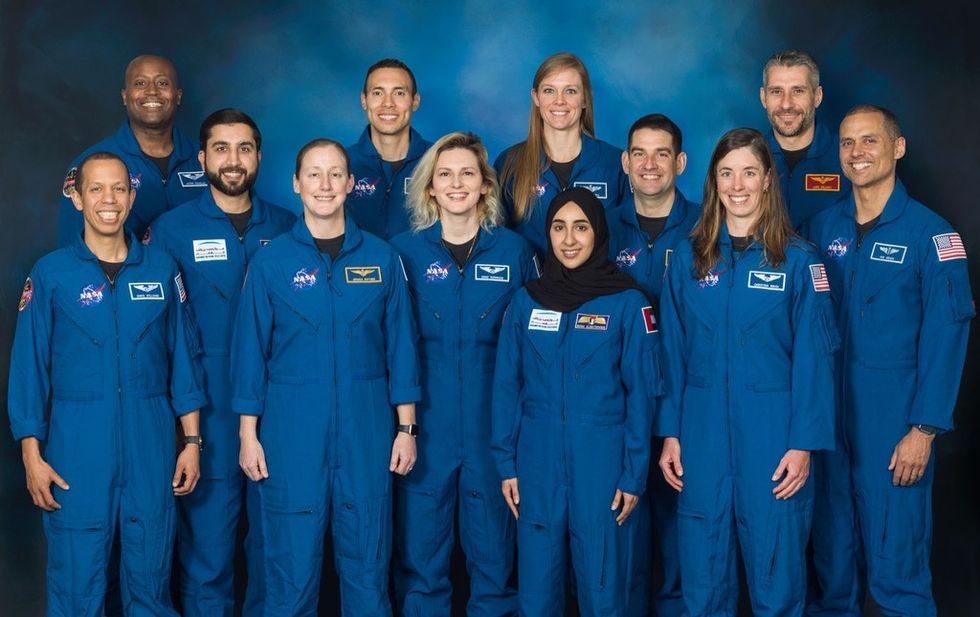 NASA’s Astronaut Class 23 with Anil Menon shows patch features a fly-shaped design symbolizing the class nickname, “The Flies,” with twelve stars for each candidate. The UAE and US flags highlight international collaboration, while the astronaut figure reflects their commitment to NASA’s return to the Moon and future Mars missions. (Photo credit: @astro_anil)
NASA’s Astronaut Class 23 with Anil Menon shows patch features a fly-shaped design symbolizing the class nickname, “The Flies,” with twelve stars for each candidate. The UAE and US flags highlight international collaboration, while the astronaut figure reflects their commitment to NASA’s return to the Moon and future Mars missions. (Photo credit: @astro_anil)